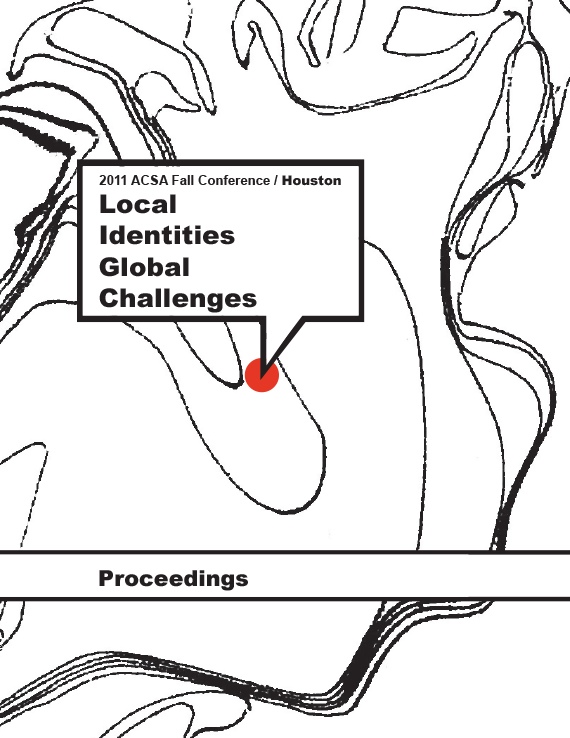Author(s): Barry Espinosa-Oropeza
Houston is one of the largest cities in the United States. It is also one of the most culturally diverse cities in America. Considering these facts and given the current trends in urban growth and increasing ethnic diversity of cities around the globe, Houston can be presented as a paradigm of the multicultural city of the twenty-first century. Yet, Houston remains largely understudied. In particular, there is a gap in the understanding of what has been the place of the ethnic/cultural minorities living in Houston in the production process of its urban space. To help fill this epistemological void, this research is focused on studying the role the Mexican-American community, as one of the largest and most underrepresented ethnic groups in Houston, has played in the production of its immediate built environment. For this purpose, I construct a sociosemiotic model of the Mexican-American space in contemporary Houston. This model is informed by an historical analysis of the city’s development since its conception; the settlement of the Mexican-American community; and the social relations established between different sociocultural groups. This content is then related with the material cultural representations that characterize traditional Mexican-American neighborhoods, and other established Hispanic areas. These representations are composed of different elements that constitute the physical and social context of Houston’s urban space, including building facades, mural paintings, decorations, urban plans and census information. This sociosemiotic model helps to uncover how ethnically biased, laissez-faire development has limited the participation of social minorities in the production of urban space. Thus, explaining why these material cultural representations take place mainly in the context of commercial venues, aiding in the disneyification of these spaces for the sake of marketing. These whitewashed ethnic representations constitute what I call “spatial euphemisms” that serve to present a front of multiculturalism and tolerance while maintaining the existing social inequalities between ethnic groups. While recent surveys show an increasing tolerance and appreciation of ethnic and cultural minorities in Houston; as well as greater assimilation and upwards mobility amongst Hispanics, the uneven development of urban space, spatial segregation along ethnic lines, and the limited display of culturally diverse material representations expose a different picture. How culture is represented in urban space and architecture is difficult to determine and particular to each sociocultural group. Given the increasing ethnic and cultural diversity our cities are facing, more research on the relations between culture and the built environment in multicultural contexts needs to be done. To understand how Mexican-Americans live in Houston, what are their needs and desires, and how has their immediate physical surroundings influenced their experience might help determine the way to more equitable, just and truly intercultural cities in the future.
Volume Editors
Ikhlas Sabouni & Jorge Vanegas

 Study Architecture
Study Architecture  ProPEL
ProPEL 
